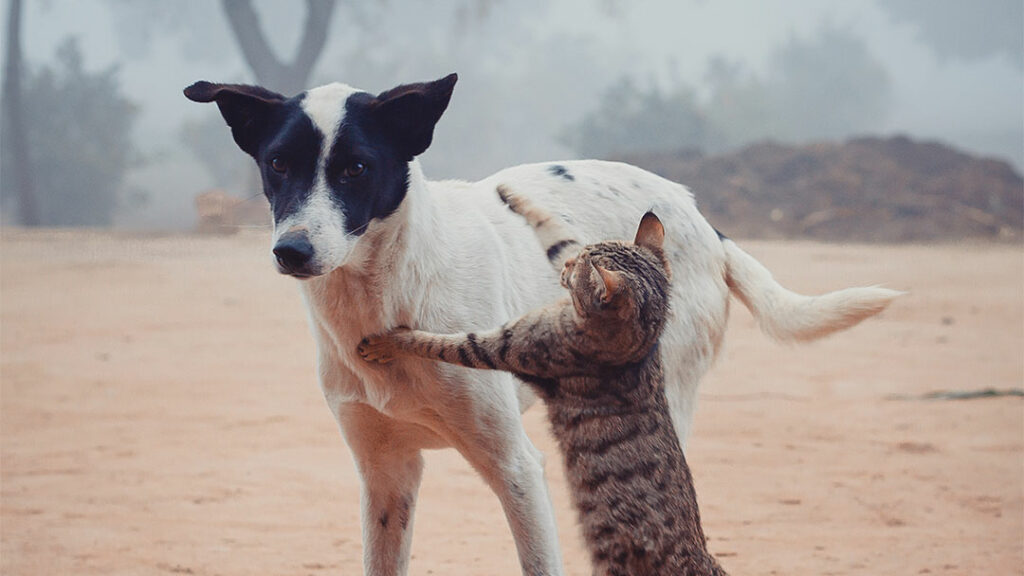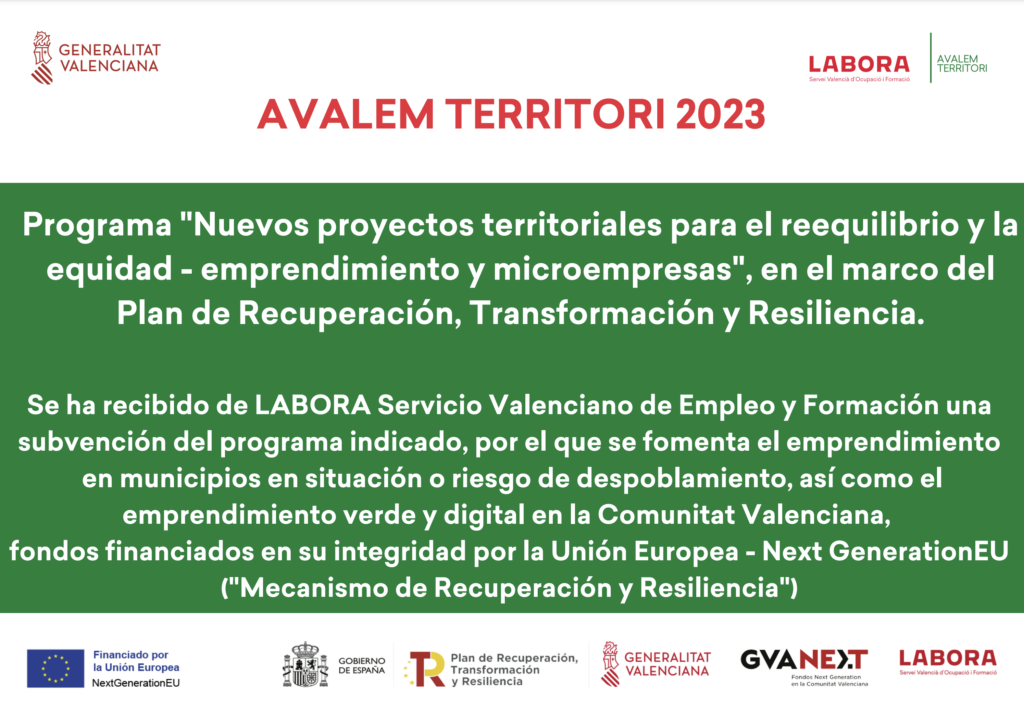Having a big cat is a long-term commitment, as they must be kept in appropriate facilities for the public’s health and safety to be protected and for the animals to be well taken care of. Whether you’re a sanctioned sanctuary, a zoo, or a private citizen with the necessary permits and know-how, getting the right big cat house is crucial. These majestic animals require much more than space; They need comfort, privacy, enrichment, environmental control and the opportunity to express natural behaviours. We’ll look at the best big cat enclosures, explain what to look for, and help you find the best home for your big cats.
Why the Right Big Cat House Matters
Big cats (lions, tigers and leopards, among them) require an area suited to their specific needs; Small cat enclosures and typical pet housing (small dog runs, rabbit and small animal cages, etc.) are not designed to contain a big cat, and offer you and your pet very little protection from liability. Their powerful, trained nature and instincts also require strong and durable designs. An inappropriate enclosure can cause physical harm, stress-induced behaviours, or even fatalities.
The best big cat house should be more than just a big cat cage. It needs to be able to make your feline friend feel comfortable, but also build upon instincts to climb, hide, stalk, and rest. In addition, it should be weather resistant and comply with the law concerning the care of exotic animals.
Key Considerations in Big Cat House Design
When choosing or building a big cat house, there are a couple of factors you should consider. First, space is paramount. These creatures require space to wander, graze and discover. A small or empty cage may induce mental stress or aggression. Space Needs Space needs vary with each species, but it’s always better to provide more space than the minimum.
Second, safety features are a mandate. Enclosures must be constructed with heavy-duty materials, including reinforced steel mesh, concrete foundations and escape-proof locks. This result not only protects the animal, but any caretakers and the public. Shatterproof glass or steel mesh viewing ports may allow the animal to be observed with minimal stress.
Finally, the large cat house should be designed to allow the use of environmental enrichment. Climbing structures, water features and some shade can replicate aspects of a natural environment. Rotating toys (or secret food puzzles) keep him mentally engaged and make him less bored.
Indoor and Outdoor Enclosure Integration
The best houses for big cats have created a combination of both indoor and outdoor designs. This indoor portion provides protection in bad weather and it’s used for medical exams and feeding. Climate control measures, assist in managing temperature and humidity, an important aspect for species that are intolerant to changes in conditions.
Exterior spaces, he said, should be large and landscaped with logs, boulders, trees, even pools. To keep larger cats from getting out, the fencing must be at least 12 feet high, with an inward-angled top or a roof to prevent climbing over. Proper drainage If your yard is a frequent hangout for the children, you are going to need a reliable drainage system to keep it dry and sanitary.
Building Materials and Durability
Quality materials are essential when building or purchasing a big cat house. Galvanised steel is a popular choice for walls and fencing since it is strong and rust-resistant. The floor could be concrete to facilitate cleaning, but some owners would prefer a natural floor in one section to create a different ground feel for the animal.
The robustness leads out past the walls. Doors must be double-locked, with any entry point featuring a safety corridor — a two-door set-up that creates a space to keep animals from escaping during feeding or cleaning. And roofing should be weatherproof and designed to handle the weight and movement of a big cat in case its occupants want to get up off the ground.
Legal and Ethical Responsibilities
Before you choose a big cat house, it’s crucial that you can legally own or house this kind of animal. Laws differ depending on a place’s jurisdiction, but in many areas, you need special permits, inspections and even ongoing compliance with animal welfare laws. Responsible ethics is heavily involved as well. They’re top predators with extensive needs, beyond those of the average pet owner. Big cats should be housed only by experienced professionals or licensed facilities.
A large cat house would be more than just a place that meets the minimal legal requirements — it’s a statement about a continuum of commitment to our animals to ensure that they have the best lives possible. That means daily enrichment, good food, medical care, and a clean, safe environment.
Custom vs. Prefabricated Big Cat Houses
When buying a big cat house, you’ll decide between custom-built ones and prefabricated cat houses. Custom builds allow you to design and size, and feature plans to suit you and your space. This can be very useful if you are providing a home to more than one species or have certain behaviours in mind when you’re settlers.
Prefabricated big cat houses are often designed by companies specialising in exotic animal care and are built to meet standard requirements. They can be more cost-effective and quicker to install, but may lack some of the flexibility and unique features of a custom build.
The Role of Enrichment in Big Cat Enclosures
A big cat’s psychological and emotional well-being is just as crucial as its physical safety. There is more to a big cat house than walls and enclosures. Raised platforms offer cats a vantage point they would have in the wild, while hiding spaces and tunnels encourage play and security.
Items such as big balls, ropes, logs, food puzzles, can be regularly switched so the environment remains interesting. The aim is to stimulate natural behaviour patterns and to prevent stereotypical pacing or aggressive behaviour due to boredom.
Maintenance and Daily Care
Once you have your big cat house, keeping it up becomes a daily duty. The eradication of disease and infection depends on cleanliness. Excrement should be removed as soon it is observed, food and water replaced daily and all structures should be periodically checked for wear and tear.
Even the sturdiest big cat house requires maintenance. Frequent inspections of door and lock systems are necessary to ensure they are locked properly, and climate control equipment will need to be serviced regularly to keep the indoor temperature comfortable. Justifying a pricier scratching post: if you’re going to have to look at it daily for the next 20 years, might as well have one that isn’t an eyesore. In addition to that, long-term benefits are realised with a quality post, just like a stronger, healthier cat.
Conclusion
Finding the right big cat house for your wilderness pet isn’t just about selecting a cage — it’s about providing your big cats. With the best place to live and a thriving environment that will keep them secure, enriched, and happy. With the proper mix of space, safety, comfort and enrichment, a big cat house is not just a haven — it is a sanctuary.
If you’re a wildlife professional, a conservationist, or operating a licensed rescue, then the commitment to a finely crafted living environment will help to demonstrate your appreciation for these majestic and intelligent creatures. One of the most crucial things you can do to ensure their health for decades to come is to invest in the perfect big cat house.



